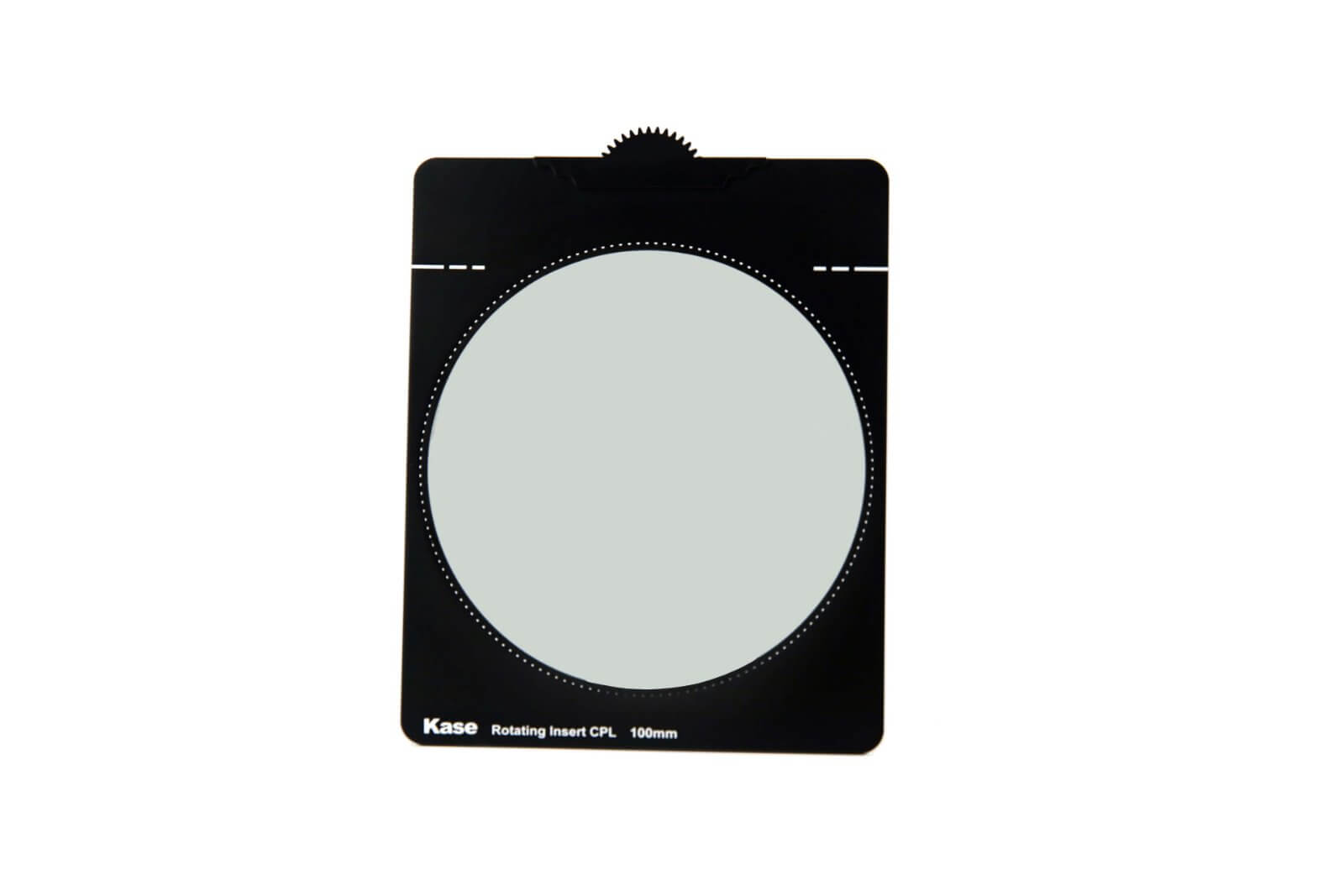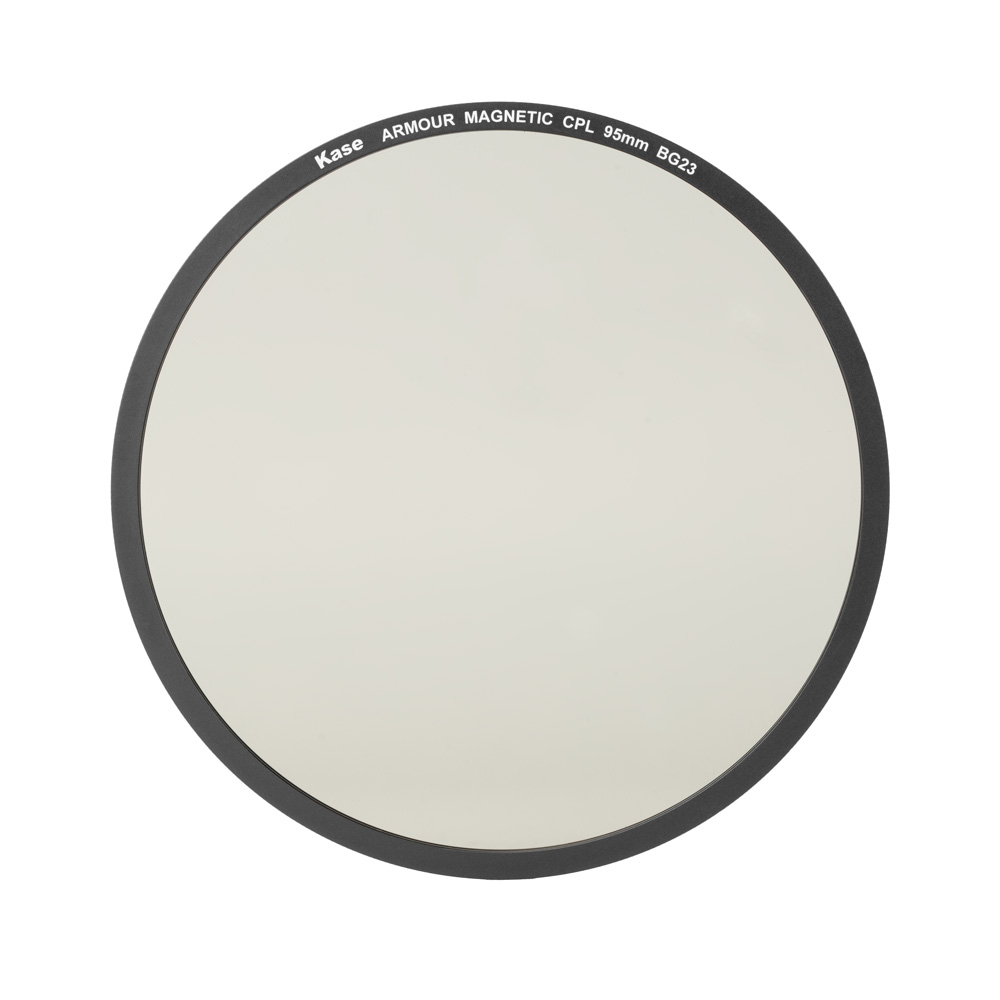General

A guide to using polarizing filters in portrait photography
Circular polarizing (CPL) filters are commonly used and particularly beneficial in landscape photography. However, landscapes are not the only case when these camera filters can help. Using polarizing filters when shooting portraits is also possible and can be advantageous. Let’s see how and when CPL filters can improve your portraits.
Understanding polarizing filters
Polarizing filters, commonly known as CPL filters, selectively block polarized light, effectively reducing glare and reflections while intensifying colour saturation and contrast. CPL filters help to achieve images with depth and clarity. Photographers use them to intensify the blues of the sky, make the green of foliage appear greener or remove unwanted reflections from surfaces (glass, water bodies, etc.).
Polarizing filters should be turned at a 90-degree angle to the direction of incoming light to have an effect. By rotating the filter, you can fine-tune the level of polarization according to your shot's requirements.
Effects you can get with polarizing filters in portrait photography
Reducing glare and reflections
Glare and reflections in the background can be distracting elements in portrait photography. A polarizing filter helps minimise these unwanted elements, allowing your subject to stand out without distractions. For example, if you are taking portrait pictures outside, a CPL filter can help to reduce the reflections on the foliage or water bodies that are used as the background.
Additionally, polarizing filters can reduce the glare of the skin caused by oils in portrait pictures. However, you should be careful when using the filter and control the level of polarization to avoid losing voluminosity. Lights on the face are natural and removing reflections fully may cause a flat and unnatural look. In studios and with professional models it can be better to use powder or oil-absorbing facial tissues to remove the oil from the skin, but if there is no possibility of doing that due to conditions, a polarizing filter can be of use.
Enhancing colour saturation and contrast
Polarizing filters bring out the vibrancy in your portraits by intensifying colours and improving contrast. The result? More captivating and lively images that truly represent your subject. If you are shooting outside and like to use colourful backgrounds, be it the sky, leaves or buildings, CPL filters can make your portraits vivid and more saturated. On the other hand, using the filter in the studio might be unnecessary.
Improving skin tones and texture
By using a polarizing filter, you can achieve natural and flattering skin tones in your portraits. When used moderately, it helps in reducing harsh highlights, providing a more even complexion. With the use of a CPL filter, the wrinkles and pores can become less visible in the photo.
Choose the quality of Kase polarizing filters for your portraits
Tips for using polarizing filters effectively in portrait photography
- Assess the light direction and do not forget to adjust the filter during the process: Determine the direction of light and adjust your CPL filter accordingly for optimal results. Do not forget to adjust the filter when changing the angle relative to the light source.
- Adjust the filter for the skin tone: This sounds basic, but you should remember that CPL filters can impact skin tones differently. Experiment with the filter to find the perfect balance for various skin tones, ensuring your portraits look natural and true to life.
- Do not overuse the CPL filter in your portraits! While CPL filters are beneficial, overusing them can lead to unnatural-looking images and remove natural volumes of the face. Remember about balance to avoid “flat” images.
- Adjust the exposure settings: Polarizing filters reduce the light entering the lens by 1-1.5 f-stops. Make sure to check the exposure settings and adjust accordingly.
Should you use a polarizing filter for outdoor portraits?
CPL filters can enhance your portrait photos in various ways but it's essential to consider the specific shooting conditions and desired outcome. If your location features reflective surfaces like water or glass, a polarizing filter can reduce glare and reflections, resulting in clearer images of your subject. Also, in situations with harsh sunlight and strong shadows, a polarizing filter can balance contrast for more evenly lit portraits with better-defined details.
However, there are instances where using a polarizing filter may not be necessary or practical:
- Low light conditions: In dimly lit environments, a polarizing filter may reduce light and lead to underexposed images.
- Moving subjects: Constantly adjusting the filter for moving subjects or dynamic environments can be challenging and may not yield significant benefits.
- Artificial lighting: The effects of a polarizing filter may be minimal with artificial lighting sources like strobes or flash units.
Is it worth using polarizing filters for portraits?
Polarizing filters can enhance your portrait photography when used correctly. By reducing glare, enhancing colours, and improving skin tones, these filters will become valuable tools in your photography kit. Consider your shooting conditions and don’t be afraid to experiment!
Did you like our article? Here's some more for you:
Not sure which filter you need? Our experts can help you with the choice!




